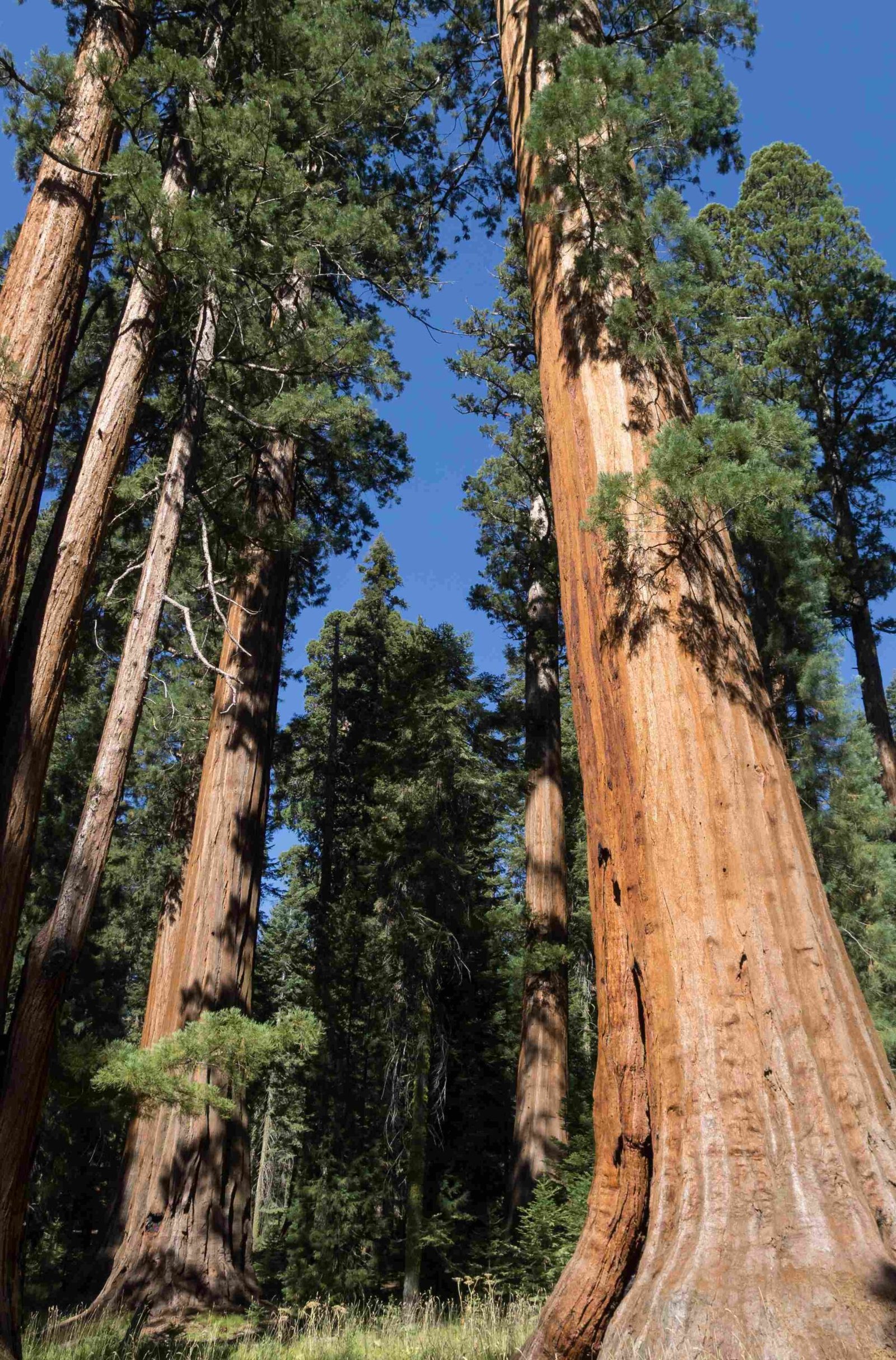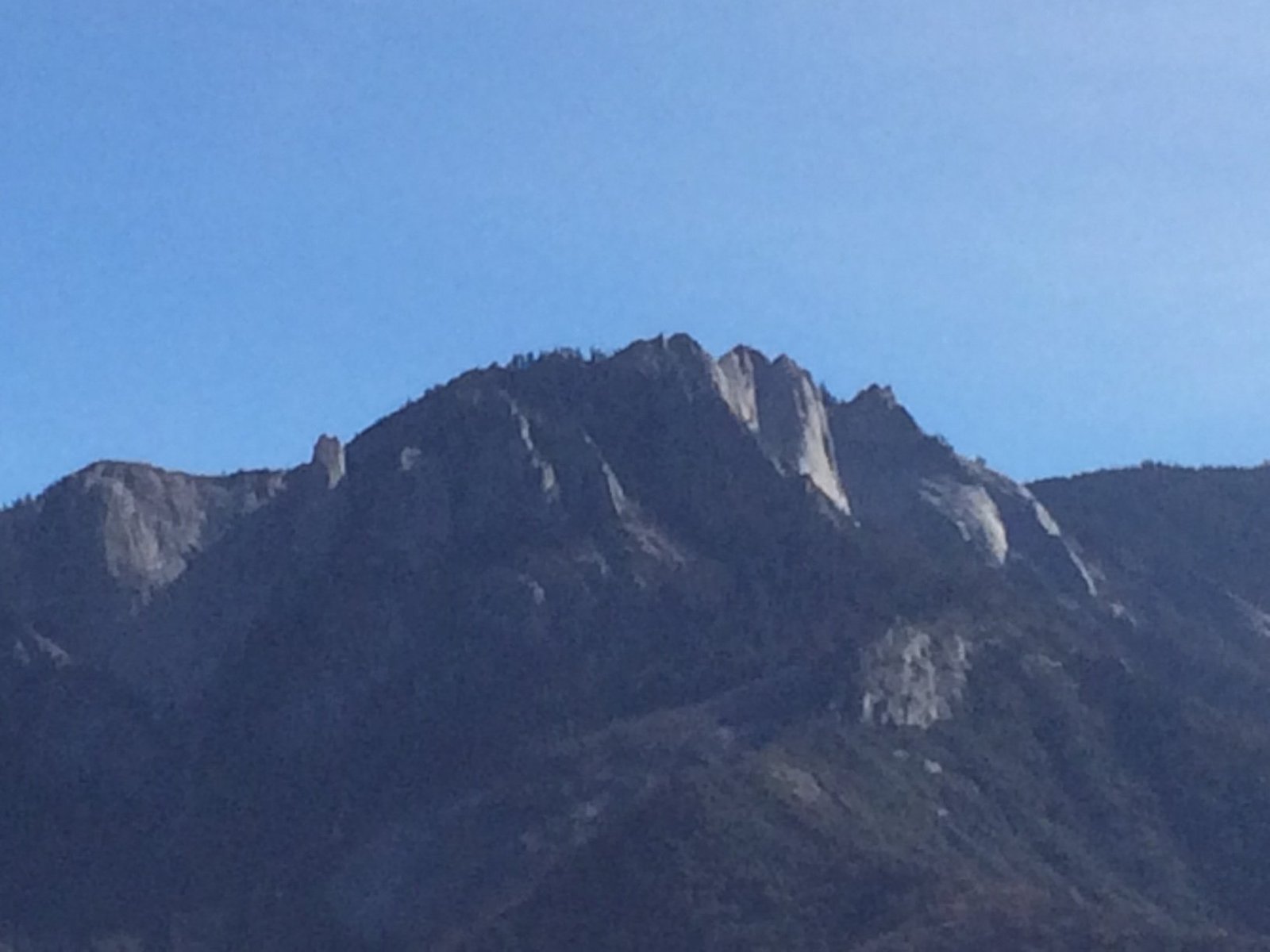Giant sequoias in California’s Sequoia National Park are among the largest and oldest living organisms on Earth. These colossal trees, with heights reaching up to 325 feet and diameters exceeding 30 feet, have captivated visitors for generations. The park is home to the General Sherman Tree, the largest known living single-stem tree by volume. With their reddish-brown bark and massive trunks, giant sequoias are not only awe-inspiring but also play a crucial role in the park’s ecosystem.
What Are the Key Characteristics of Giant Sequoias?

Giant sequoias in Sequoia National Park are renowned for their impressive dimensions and longevity:
- Height: Typically range from 164 to 279 feet, with some reaching 325 feet
- Diameter: Usually between 20 to 30 feet, with some exceeding 30 feet near the ground
- Age: Many are over 3,000 years old, with the oldest recorded at approximately 3,266 years
Notable specimens include:
- General Sherman Tree:
- Height: 272.4 feet
- Circumference at base: 101.5 feet
- Estimated weight: 6,167 tons
-
Largest living tree by volume
-
General Grant Tree:
- Second-largest tree by volume
- Volume: 46,608 cubic feet (1,320 cubic meters)
Where Are the Best Trails for Viewing Giant Sequoias?

Sequoia National Park offers several trails that showcase these magnificent trees:
- Congress Trail
- Length: 2 miles
- Difficulty: Easy
-
Key sights: General Sherman Tree, President Tree, House Group
-
General Sherman Tree Trail
- Length: 1 mile
- Difficulty: Easy to Moderate
-
Main attraction: Direct path to the General Sherman Tree
-
Crystal Cave Road and Trail
- Length: Varies
- Difficulty: Moderate
-
Features: Giant sequoia groves along the road and trail
-
Moro Rock and Crescent Meadow Loop
- Length: Approximately 6.5 miles
- Difficulty: Moderate
- Highlights: Moro Rock views, Crescent Meadow surrounded by sequoias
How Are Giant Sequoias Being Conserved?
Conservation efforts for giant sequoias in Sequoia National Park include:
- Fire Management: Controlled burns to mimic natural fire cycles
- Protection from Logging: Park protections and historical advocacy
- Climate and Drought Research: Ongoing studies on climate change impacts
- Visitor Management: Education on responsible recreation and trail maintenance
What Are the Main Attractions and Visitor Information?
Visitor Centers
- Foothills Visitor Center
- Provides general park information
-
Offers activity and trail guidance
-
Lodgepole Visitor Center
- Located centrally in the park
- Offers detailed information on giant sequoia groves
Parking and Tours
- Parking available near major attractions (limited during peak season)
- Ranger-led tours offered for free
- Shuttle services to reduce traffic congestion
Costs and Schedules
| Item | Details |
|---|---|
| Entrance Fees | Vary based on pass type |
| Tour Schedules | Available at visitor centers and official website |
Why Are Giant Sequoias Unique to This Region?
Giant sequoias are native to the western slopes of California’s Sierra Nevada mountains. Their unique habitat requirements include:
- Elevation: Typically found between 5,000 and 7,000 feet
- Climate: Need a balance of winter snowfall and summer heat
- Soil: Thrive in well-drained, nutrient-rich soil
These specific conditions are met in Sequoia National Park, making it an ideal home for these ancient giants.
How Do Giant Sequoias Impact the Ecosystem?
Giant sequoias play a crucial role in their ecosystem:
- Habitat Creation: Their massive size provides homes for various wildlife
- Carbon Storage: Sequester large amounts of carbon, helping mitigate climate change
- Water Regulation: Influence local water cycles through their extensive root systems
- Fire Adaptation: Thick bark and elevated canopies help them survive and even thrive after wildfires
What Threats Do Giant Sequoias Face?
Despite their resilience, giant sequoias face several threats:
- Climate Change: Altering precipitation patterns and increasing temperatures
- Severe Wildfires: While adapted to fire, extreme blazes can be destructive
- Bark Beetles: Infestations can weaken trees, especially during droughts
- Human Impact: Soil compaction from visitors and air pollution
How Can Visitors Help Protect Giant Sequoias?
Visitors to Sequoia National Park can contribute to giant sequoia conservation by:
- Staying on designated trails
- Not climbing on or carving into trees
- Properly disposing of waste
- Supporting park conservation efforts through donations or volunteering
- Educating others about the importance of these ancient trees
By following these guidelines, visitors can help ensure that future generations can continue to marvel at these magnificent giants.
References:
1. https://www.parks.ca.gov/?page_id=1146
2. https://www.pbs.org/wnet/nature/blog/giant-sequoia-fact-sheet/
3. https://www.nps.gov/seki/learn/nature/largest-trees-in-world.htm

